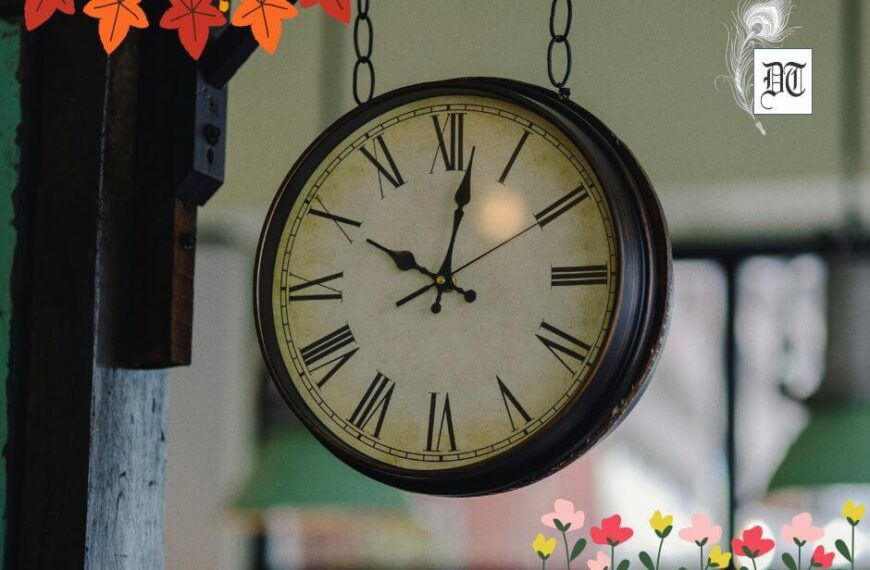This story is as much a sari story, as it is a story of furniture – a Parsi obsession and feature of their traditionally elegant homes. Nilakshi remembers Gustad Noble’s father’s furniture shop, and his love for the craft, in Rohinton Mistry’s Such a Long Journey. We were surrounded by objects de arts and bric-à- brac from generations, especially those handcrafted chairs. She loved the telephone stand and the nest table Furokh’s father had designed to perfection. The white and pink marble topped tables reminded her of Kolkata houses, her mamarbari (maternal uncle’s home), in particular, just as the big wooden cupboards. Here’s an interesting remanence about a black sari that brought back so many memories for the author, exclusively in Different Truths.
Niloufer. Someone I admire. My professor. A Zoroastrian (Parsi) lady. Devoted to excellence in English studies. I’d like to name this black Zardozi sari after her. I like to name my saris and associate some of my favourite ones with fond memories.

Zar means gold and Dozi stands for embroidery, in Persian. Thus, embroidery with gold thread is known as Zardozi. It was an ancient art, which the Chinese made popular among the Parsi women right across India, from Bengal to Kutch and other places, and they learnt the art and used it on their gara-s or saris, and kor-s or borders. Though the embroidery has mixed influences from China, Europe, Iran and India, the Zardozi sari is essentially Parsi today. They are on beautiful coloured silk, with fruit and flower embroidery and the older ones have a distinctly Chinese look about them. Many of these are now part of family heirlooms, as they used real gold and silver earlier.

Well, I’m wearing a synthetic version, nowhere near the original, but it was popular about five years ago, with little stone bits and golden thread. I decided to wear this to Furokh Santoke and Janki Chogle Santoke’s house, for lunch and adda (casual and or intellectual chitchat).

Today’s story is as much a sari story, as it is a story of furniture – a Parsi obsession and feature of their traditionally elegant homes. I remember Gustad Noble’s father’s furniture shop, and his love for the craft, in Rohinton Mistry’s Such a Long Journey. We were surrounded by objects de arts and bric-à-brac from generations, especially those handcrafted chairs. I loved the telephone stand and the nest table Furokh’s father had designed to perfection. The white and pink marble topped tables reminded me of Kolkata houses, my mamarbari (maternal uncle’s home), in particular, just as the big wooden cupboards and of course the chairs did too!
My sari looked too bright, and therefore, too dull amid this elegance. But I leave you to judge. I had another one, in a very nice magenta but long taken away by my sari-snatcher sibling (woe be to thy kind!)
When I had read a paper on Rohinton Mistry’s novels and the depiction of Bombay in it, a few years ago, many Parsi members of the audience, at Sophia College, including Hoshang Merchant, the poet, congratulated me for my sensitivity to the core issues of the Parsi identity. I think I was a Parsi in my last birth, maybe of Amitav Ghosh’s Behram Modi’s family, or Gustad Noble’s distant cousin from Such a Long Journey. Oops did I just mention it! Or am I Miss Kutpitia reborn?

This post is a tribute to the Parsi community, especially to my friends the Santokes and Khursheed Ardeshir-Vatcha, and Rhea Mitra-Dalal and Kurush F Dalal. I love them just that much more. Their saris, food, theatre, writing and their dedication to making lives better.
Thank you, dear friends. Please forgive, I have no intention to hurt anyone or misrepresent anything.
For further reading: http://www.craftrevival.org/CraftArt.asp?CountryCode=INDIA&CraftCode=003730
©Nilakshi Roy
Photos by the author.



 By
By
 By
By
